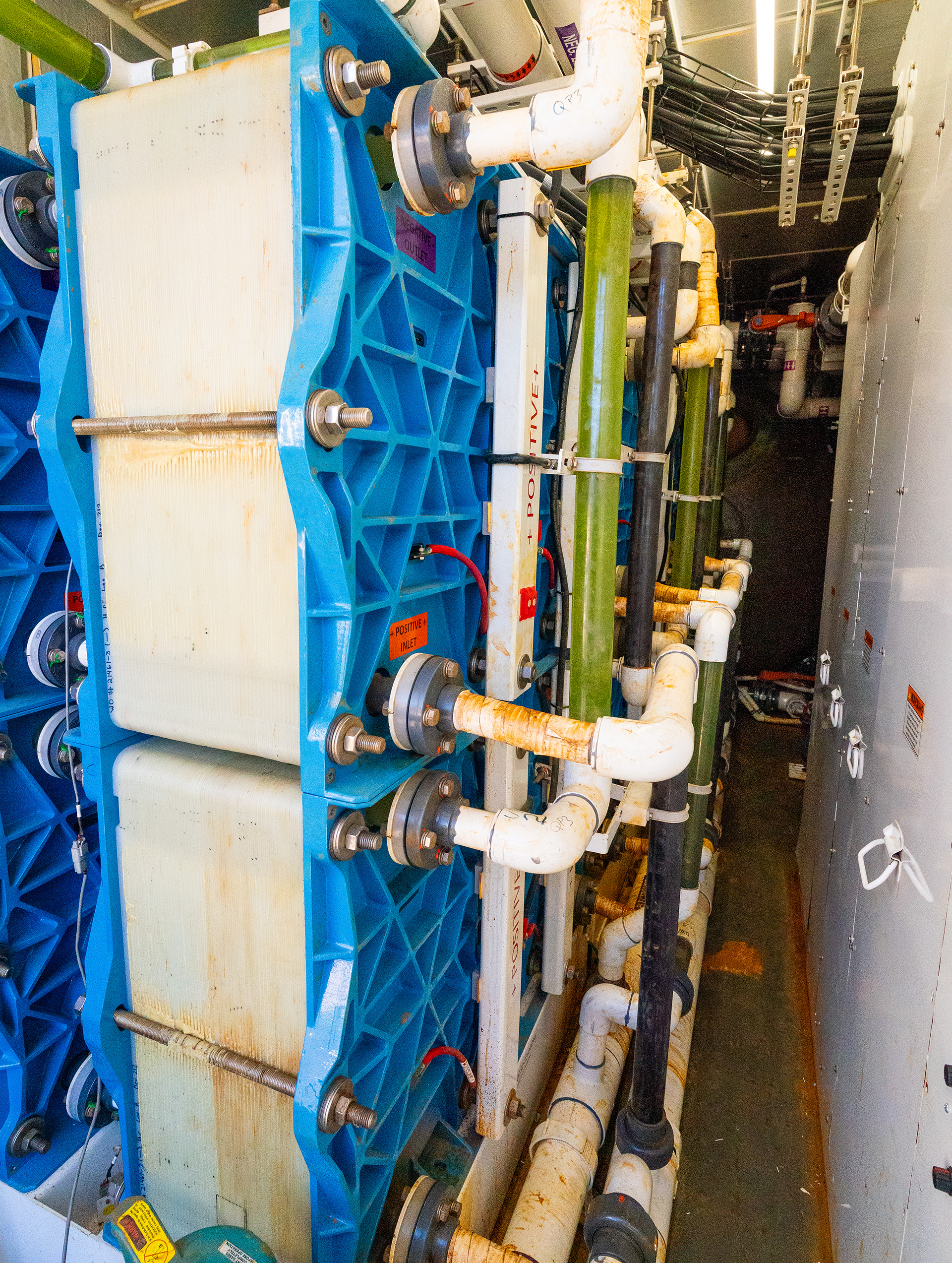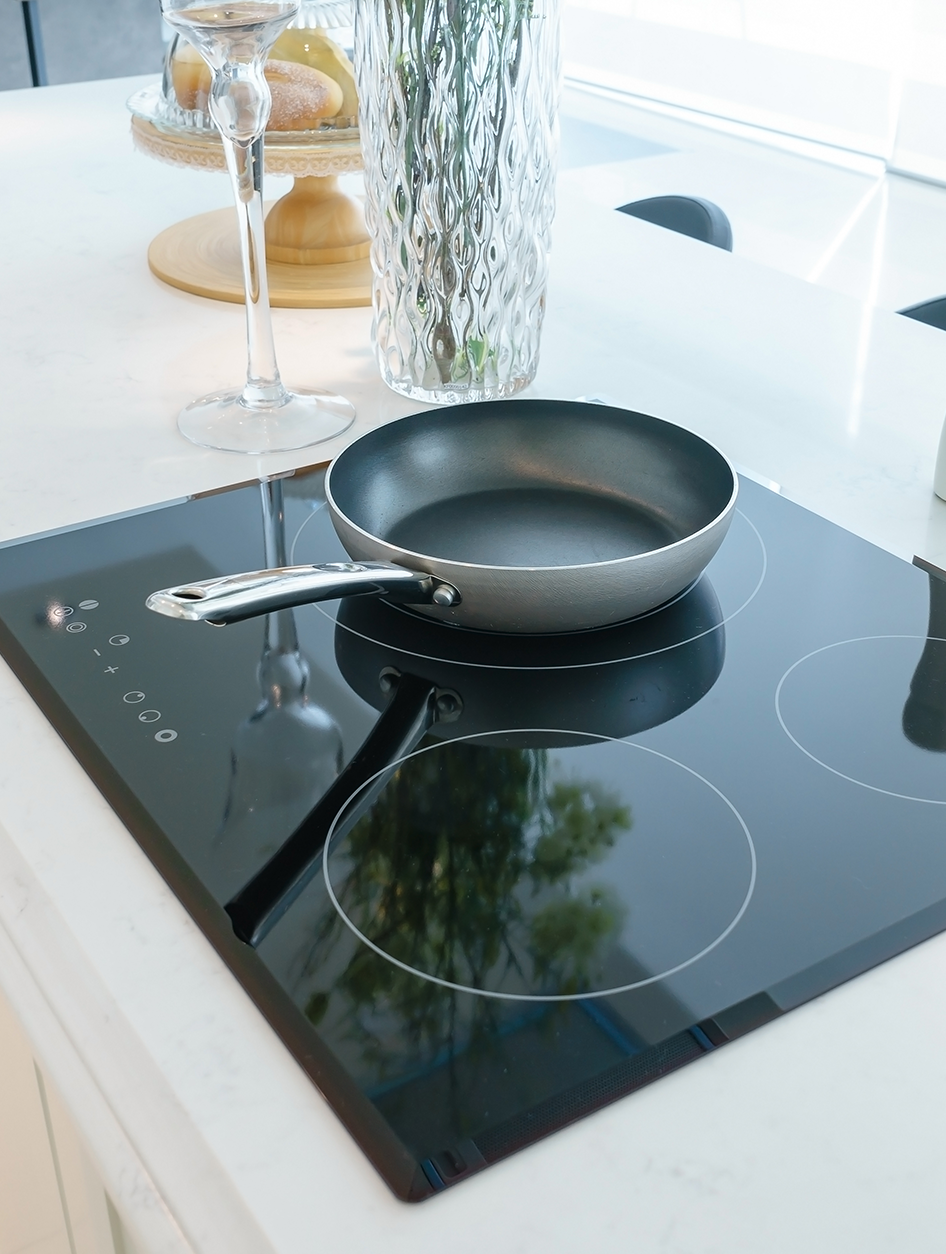Skeptics of the green energy movement have always asked: What do you do when there’s no sun for the solar panels and no breeze to stir the blades of the windmill, but you still need power?
Batteries can store excess energy created when the conditions are favorable to be used for precisely those times — but the technology and the market are far from mature. There’s a promising solution, however, on the campus of West Grove-based electronics recycler Sycamore International: an iron flow battery. Housed in a 40-foot long shipping container, it’s the first of its kind on the East Coast. Powered by a 253 solar panel array, it’s a piece of the puzzle for weaning our economy from fossil fuels.
The system at Sycamore, which includes an independent microgrid, was installed by Chadds Ford-based TerraSol Energies.
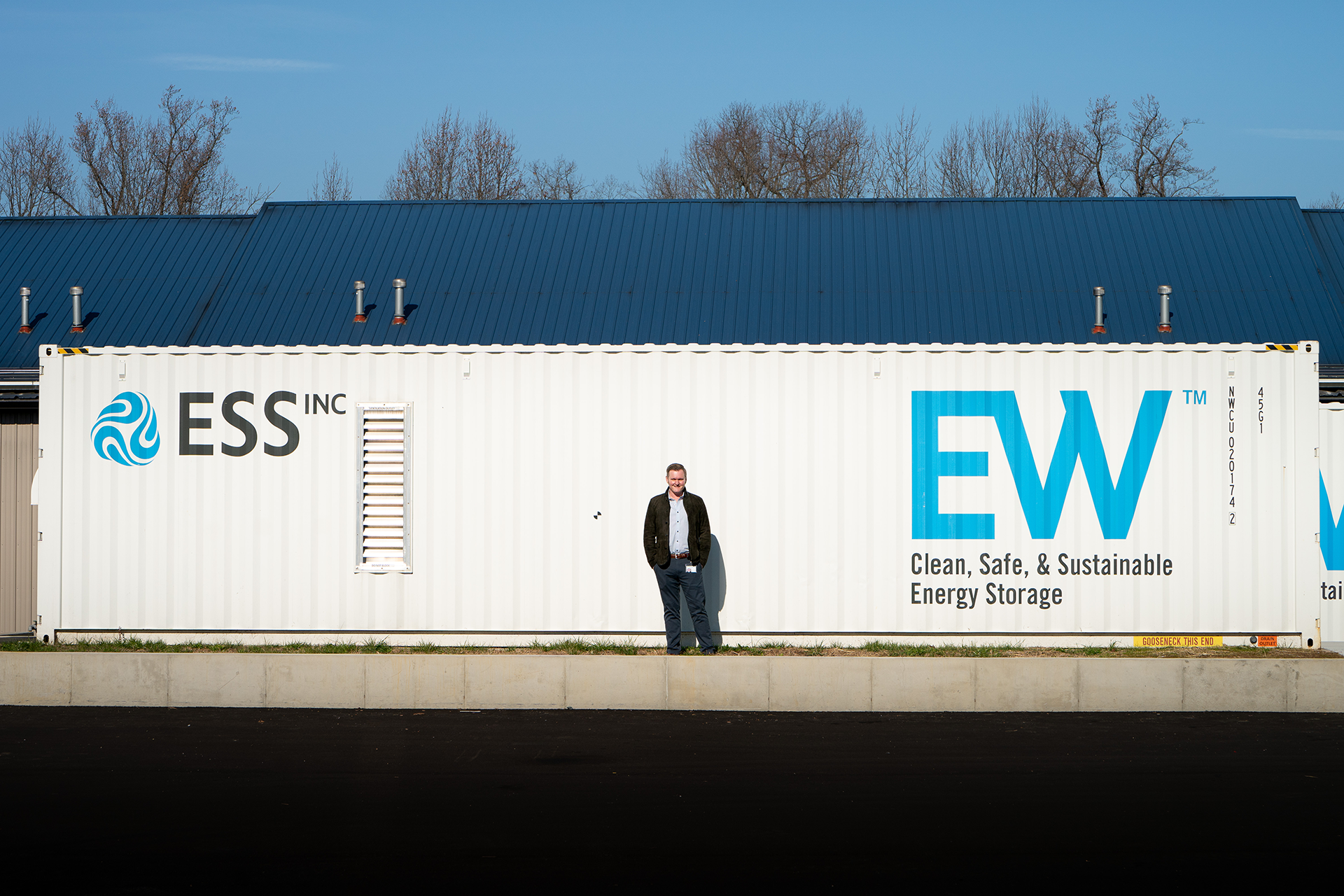
Most of us are familiar with, and reliant upon, lithium-ion batteries. That’s what we’re recharging when we plug in our phones, laptops, earbuds, smart watches and EVs. Lithium-ion batteries have many advantages. They are “energy dense,” meaning a lot of energy can be stored in a small space, and they are effective at holding a charge, though they lose more energy when exposed to colder temperatures.
However, as anyone who has felt the frustration of their “old” phone constantly needing to be recharged knows, the batteries degrade.
The seeds for the project at Sycamore were sown when TerraSol was installing solar panels on the home of Steve Figgatt, Sycamore’s founder and CEO. He expressed his ambition to power his electronics recycling business entirely with renewable energy to Robert Santoleri, who leads TerraSol’s sales and business development. Robert introduced Figgatt to his father and co-worker David Santoleri, a chemical and electrical engineer who co-founded TerraSol in 2009.
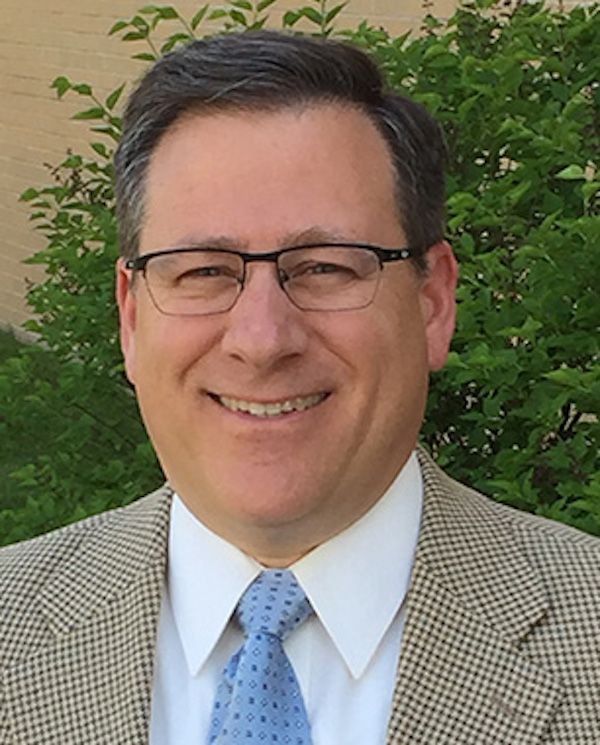
The elder Santoleri didn’t think lithium would be a good fit for the project. “I wasn’t really interested in lithium because at the time there were all these stories about lithium catching fire and other negative things,” he says.
Sycamore’s Figgatt and Santoleri began discussing the possibility of an iron flow battery, which uses electrolyte solutions made up of iron, hydrochloric acid and water.
It’s a great battery … You can take it to 0% charge every day for 25 years and it won’t affect [it].”
— David Santoleri, TerraSol Energies
Santoleri says that, at the time they were looking, there were only four businesses offering flow batteries in the U.S., and then two of them merged, and another folded before he even talked to them. Eventually, they chose Portland, OR-based ESS Inc. “At the time they had like 40 people working for them. Now it’s over 300,” he says.
Santoleri is very happy with his decision. “It’s a great battery. It’s going to last 25 years. You can take it to 0% charge every day for 25 years and it won’t affect [it].”
Allowing a lithium battery to go down to zero is known to negatively affect its life. Santoleri says that a lithium battery can be expected to last from seven to 10 years, making the iron flow battery more appealing as a long-term investment. It doesn’t have the fire risks or recycling challenges that lithium batteries do either.
“At the end of the life of this battery, we can add a neutralizer, like sodium bicarbonate, and use the electrolyte solution as fertilizer,” Santoleri says. “So it’s a very safe, environmentally-friendly electrolyte solution.”
A key part of the system Santoleri installed for Figgatt is the microgrid, which allows Sycamore to power its operations directly with the electricity it produces. It’s essential for his business to have continuous power because an interruption when clearing computer hard drives can mean losing up to eight hours of work.
In addition to providing insurance against the power going out, it also saves money on a daily basis. Santoleri and Figgatt have figured out the best way to achieve “peak shaving,” which means using their own power from their microgrid (or selling it back to the grid) at times when energy prices are highest.
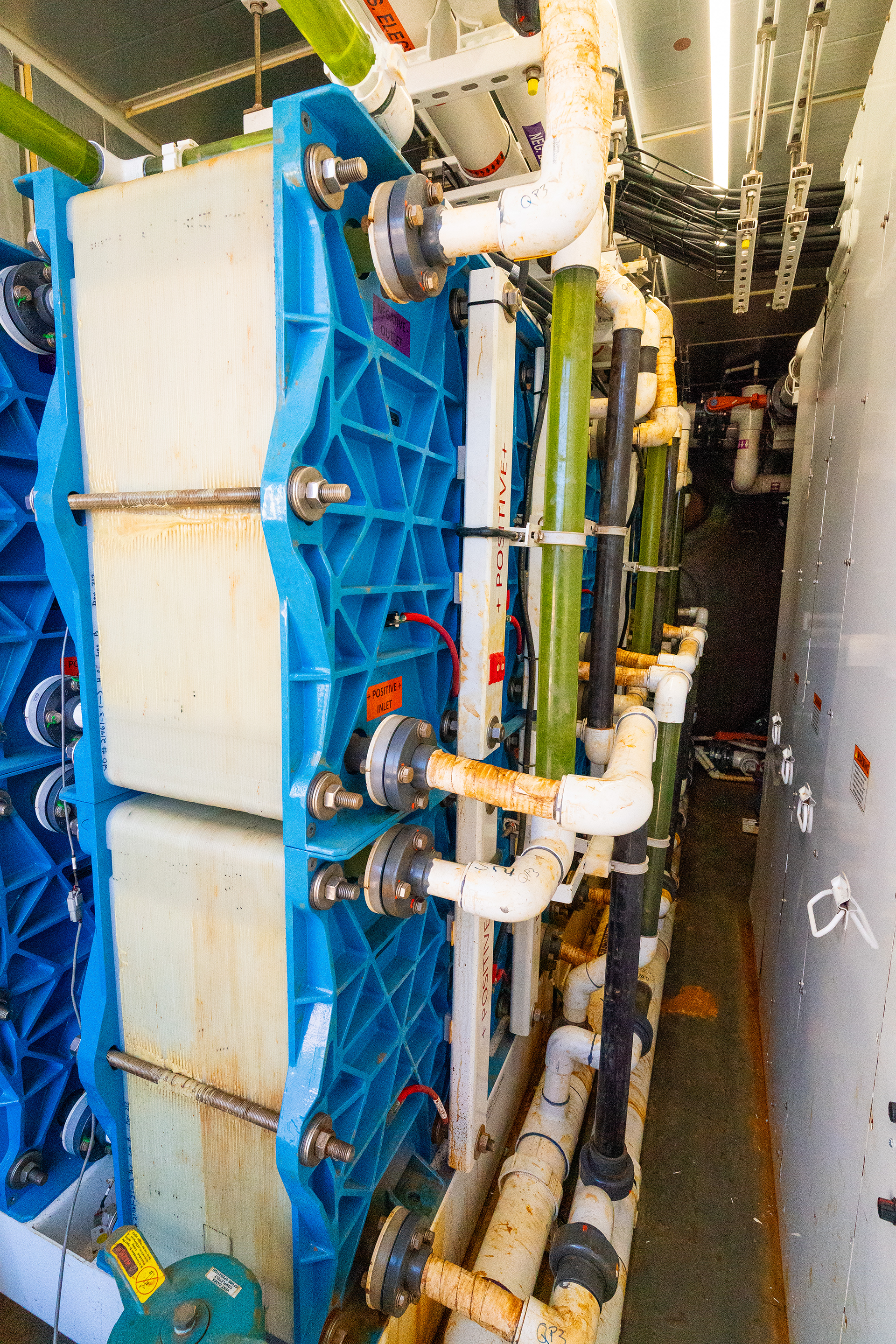
This hints at another big picture benefit of batteries in general and — since they are able to supply eight to twelve hours of energy compared to lithium-ion’s two- to four-hour range — flow batteries specifically. The batteries have the potential to “even the load” and stabilize energy supplies when the grid needs it the most.
If you have a microgrid, Santoleri says, “You may become a demand-response resource and you’ll get paid for that. It’s going to be huge. It’s going to be utility scale. It’s also going to be very useful for your business to have resiliency and reliable, robust power.”
The installation at Sycamore is a proof of concept, and it’s easy to imagine other types of industries such as hospitals and data centers that would benefit from the promise of uninterrupted power.
Right now, a major hindrance to scaling this technology is equipment production. Wait times for critical parts can range from six to nine months. Sycamore has a second battery in place that will be brought online in April when the electrical equipment finally arrives.
“[This] will be one of the challenges to decarbonizing the grid at scale and to meet some of the country’s 2030 goals,” says Figgatt. “It is possible, but we really need to ramp up production across a wide swath of the renewable energy industry.”

